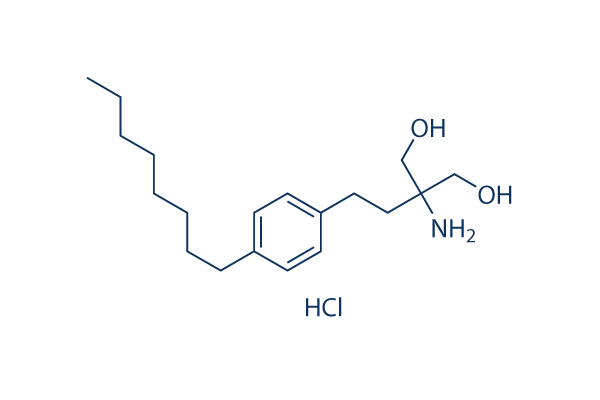To assess the influence in the p21 Smad3 interaction on TGFb signaling, we then examined the effect of p21 on TGFb induced Smad3 exercise. As shown in Figure 6B, we noticed that knocking down p21 didn’t have an effect on TGFb induced Smad3 phos phorylation. Nevertheless, working with a TGFb Smad transcrip tional reporter construct, we located that p21 is required for TGFb induced Smad transcriptional action. Without a doubt, as shown in Figure 6C, p21 gene silen cing abolished TGFb induced luciferase action from the Smad reporter construct. Conversely, CAGA12 luc exercise was markedly potentiated in SCP2 cells overex pressing p21 in response to TGFb. These final results indi cate that TGFb induces a complicated formation between p21 and Smad3 and that although p21 does not impact the earlier stages of Smad3 activation, it’s expected for TGFb mediated Smad transcrip tional action.
We up coming performed gene profiling experiments in par ental and p21 deficient SCP2 kinase inhibitor Neratinib cells, working with transiently transfected p21 siRNA too as stably transfected p21 shRNA. Our arbitrary cutoff was set up at a minimum of two fold induction. This led us to recognize multiple p21 dependent TGFb target genes, between which were selected individuals regarded to get associated using the Camptothecine tumor metastasis procedure. This shortlist incorporated five candidate target genes interleukin 6, chemokine, prostaglandin endoperoxide synthase two, plasmi nogen activator and matrix metalloproteinase. To confirm that these genes were TGFb downstream targets, SCP2 and SUM159 cells have been sti mulated or not with TGFb and mRNA ranges for these target genes have been analyzed by quantitative authentic time PCR. As proven in Figure 6D, E, TGFb signifi cantly enhanced the mRNA ranges of IL6, IL8, PTGS2, PLAU and MMP9 inside a time dependent manner in both cell lines.
To then deal with the function of p21 while in the transcriptional regulation of those genes by TGFb, we examined the results of both silencing or overexpressing  p21 cDNA in SUM159 cells. As shown in Figure 7A, knocking down p21 gene expression blocked the TGFb transcriptional regulation of IL6, IL8, PLAU, MMP9 and PTGS2, indicating that p21 is required for TGFb to induce expression of these target genes. The exact same benefits had been obtained in one other breast cancer cell line. Alternatively, p21 overexpression in these cell lines potentiated the TGFb transcriptional results on these target genes. Being a negative manage and also to guarantee specificity of our outcomes, we also analyzed the result of silencing p21 around the TGFb mediated improve in trans forming development aspect beta induced mRNA. TGFb regulated TGFBI mRNA independently of p21.
p21 cDNA in SUM159 cells. As shown in Figure 7A, knocking down p21 gene expression blocked the TGFb transcriptional regulation of IL6, IL8, PLAU, MMP9 and PTGS2, indicating that p21 is required for TGFb to induce expression of these target genes. The exact same benefits had been obtained in one other breast cancer cell line. Alternatively, p21 overexpression in these cell lines potentiated the TGFb transcriptional results on these target genes. Being a negative manage and also to guarantee specificity of our outcomes, we also analyzed the result of silencing p21 around the TGFb mediated improve in trans forming development aspect beta induced mRNA. TGFb regulated TGFBI mRNA independently of p21.
Related posts:
- A similar approach was used to assess Tax-2-NF-YB interaction,GFP Antibody.
- It was reported that the role TGFb in activated HSCs may be by in
- TGFB ligands are secreted proteins that diffuse from their supply
- We performed the identical Nextbio analysis used previously for the Danusertib FGFR inhibitor, KU-55933 ATM inhibitor,Navitoclax Bcl-2 inhibitor
- And atorvastatin verst Strengths the influence of substrates, w For the duration
